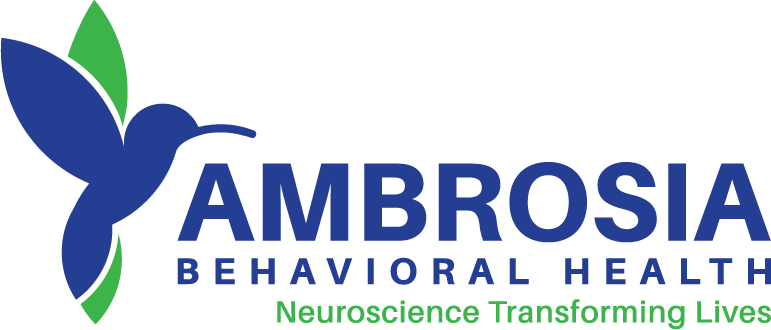Obsessive-Compulsive Disorder (OCD) is an anxiety disorder characterized by obsessions and compulsions. People with OCD feel compelled to perform certain rituals or avoid situations because they fear that if they don’t, something bad will happen. These fears may be irrational or based on real events in the past. As a result, people with OCD feel anxious about performing the ritual or avoiding the situation.
General anxiety and OCD are two different things. People who suffer from general feelings of anxiety often feel anxious because they worry about something bad happening. People with OCD worry about something more irrational. For example, someone with OCD might be afraid of germs or contamination. Someone with anxiety might be afraid of being late for an important meeting.
The Difference Between OCD and Anxiety
The main distinction between OCD and anxiety is that anxiety is normal, whereas OCD is abnormal. People experience anxiety all the time, but it doesn’t become problematic unless it interferes with daily life. People with OCD feel compelled to engage in repetitive behaviors (such as washing hands repeatedly) or avoid certain situations because they fear that doing so might cause harm. This leads to extreme distress and impairment in functioning.
Obsessive-compulsive disorder (OCD) is characterized by obsessions and compulsions. An obsession is defined as “a persistent idea, image, thought, feeling, or impulse that occurs repeatedly and intrusively in one’s mind.” A compulsion is “an act or mental process performed in response to an obsession.” People with OCD may experience obsessions and compulsions simultaneously or sequentially.
How do I Know if I Have OCD or Anxiety?
The first step in diagnosing any mental health condition is to determine whether it’s present. This means asking yourself if you experience symptoms that interfere with your daily life. Some common signs include:
- Repeatedly checking to see if doors are locked or windows are closed
- Checking the stovetop after cooking to ensure nothing burned
- Washing hands over and over again
- Obsessing about hurting others
- Avoiding social gatherings out of fear of making mistakes
If you answered yes to any of these questions, then you may have OCD. However, there are other conditions that also involve excessive worry and repeated behavior. To help differentiate between these disorders, here are some key differences between OCD and anxiety:
- With anxiety, you’re worried about something that could potentially happen in the future. You may worry about losing money, getting sick, or being fired.
- With OCD, you’re worried about things that haven’t happened yet. You may obsess about germs, contamination, or death.
- With OCD, your fears are vague and can seem illogical.
- With anxiety, your worries are very specific and concrete. They may revolve around a single event or object.
What Does an OCD Compulsion Feel Like?
The most common symptoms of OCD include obsessions (intrusive thoughts) and compulsions (rituals). Obsessions typically involve unwanted thoughts or images that cause distress. Common examples include having recurring thoughts about harming someone, contamination by germs, or being responsible for causing harm. People may feel compelled to perform certain actions to try to stop the obsession from happening again. These compulsions might include washing hands repeatedly, checking locks, counting items, repeating prayers, or avoiding situations where the obsession could occur.
What Does Anxiety Feel Like?
The most common symptoms of anxiety include feeling nervous, anxious, worried, fearful, tense, or stressed. People may feel restless, irritable, or unable to relax. They may experience physical symptoms such as sweating, trembling, shaking, shortness of breath, chest pain, nausea, dizziness, headache, heart palpitations, muscle tension, numbness, tingling, or hot flashes. Some people may also have trouble sleeping.
How to Treat OCD?
There are many ways to treat OCD, including cognitive-behavioral therapy (CBT), exposure and response prevention (ERP), and medications. CBT is considered a first-line treatment by most experts because it has been shown to be effective in treating all types of OCD. ERP is useful for those with contamination fears but less helpful for others. Medications may be used in unison with other treatment methods.
How to Treat Anxiety?
There are many effective treatments available for anxiety, including cognitive-behavioral therapy (CBT) and medications. CBT involves teaching patients new ways to think about situations that cause anxiety so they can change their behavior and reduce their symptoms. Medications can be helpful if they don’t interfere with a patient’s ability to function.
OCD and Anxiety Treatment in South Florida
There is no one-size-fits-all approach to OCD treatment, but some effective strategies include therapy and medication. CBT helps patients identify and challenge their faulty thinking patterns, while medication such as SSRIs can help reduce the intensity of obsessions and compulsions. Neuroscience Institute in South Florida can provide relief from the debilitating symptoms of both conditions. Call us or visit our admissions page to get started today.




